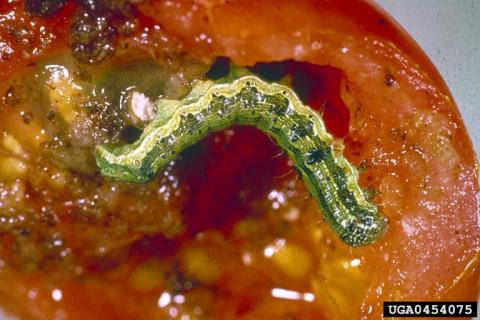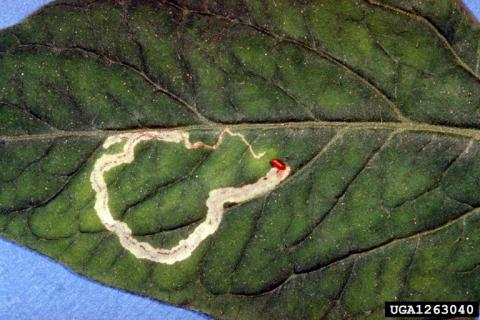Solanaceous Commodity Survey
A report from the University of Kentucky Department of Agriculture estimates that over 1,200 acres of staked, vine-ripe tomatoes are produced across the state for local and national markets. According to the report, Kentucky tomatoes have "an excellent quality reputation among buyers in several midwestern states." (http://www2.ca.uky.edu). A report prepared in 2001 estimated that tomato production in Kentucky in 1998 was valued at over $12M (https://ipmdata.ipmcenters.org). A publication from the Center for Crop Diversification points out that tomatoes are "one of the most popular fresh market vegetables grown commercially in Kentucky." The report proposes organic tomatoes as an excellent economic prospect for the state since organically-grown produce can command price premiums ranging from 10-50% higher than conventionally-grown produce. In their analysis of average cost and return estimates for organic tomatoes in 2016, they estimate a conservative return of $3,610/acre and an optimistic return of $8,700/acre.

Photo: Central Science Lab Harpenden

Photo: NPPO Netherlands
Peppers are also grown in Kentucky, primarily for fresh market sales. According to a publication from the Center for Crop Diversification, bell peppers were one of the top three fresh vegetables with acreage increases in Kentucky during the early 2000s. Fresh bell peppers, both conventionally and organically grown, remain a growth category for produce growers in Kentucky. (http://www.uky.edu/ccd/production/crop-resources/vegetables/peppers). Pepper acreage was estimated to be approximately 1,850 acres in 2000 and was valued at over $8M. (https://ipmdata.ipmcenters.org).
Tobacco has, historically, been an extremely important agricultural commodity, although production has decreased in recent years. Kentucky was #2 in tobacco production in the nation from 2015-2018, after North Carolina. The U.S. Department of Agriculture’s Prospective Plantings report, which was released recently, projects that burley tobacco growers in Kentucky will set 57,000 acres for harvest this year.
We will obtain permission from 15-16 growers to place pheromone traps in their fields. The target moths have different host plants, so depending on the crops grown on the farm, 6-7 moth traps will be set for the following: Silver Y Moth, Golden Twinspot Moth, Old World Bollworm, False Codling Moth, Tomato Leafminer, Tomato Fruit Borer, and Cotton Cutworm.
